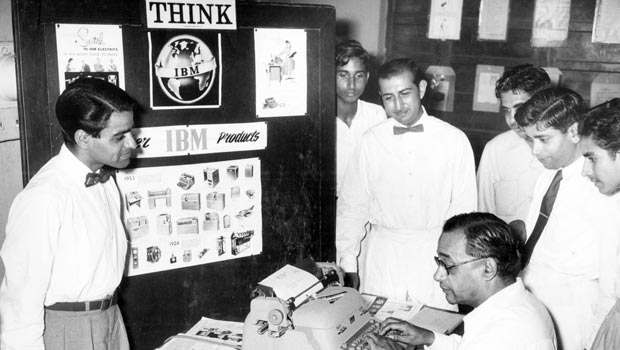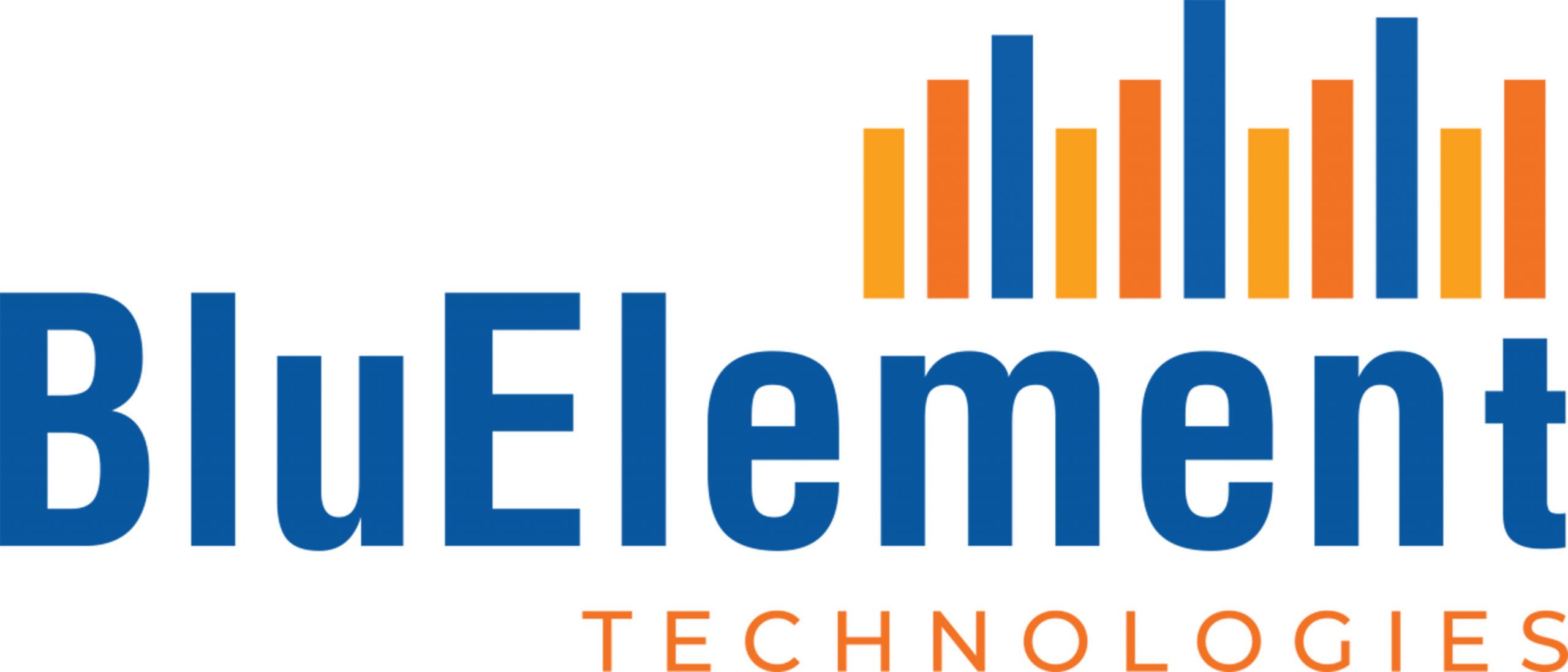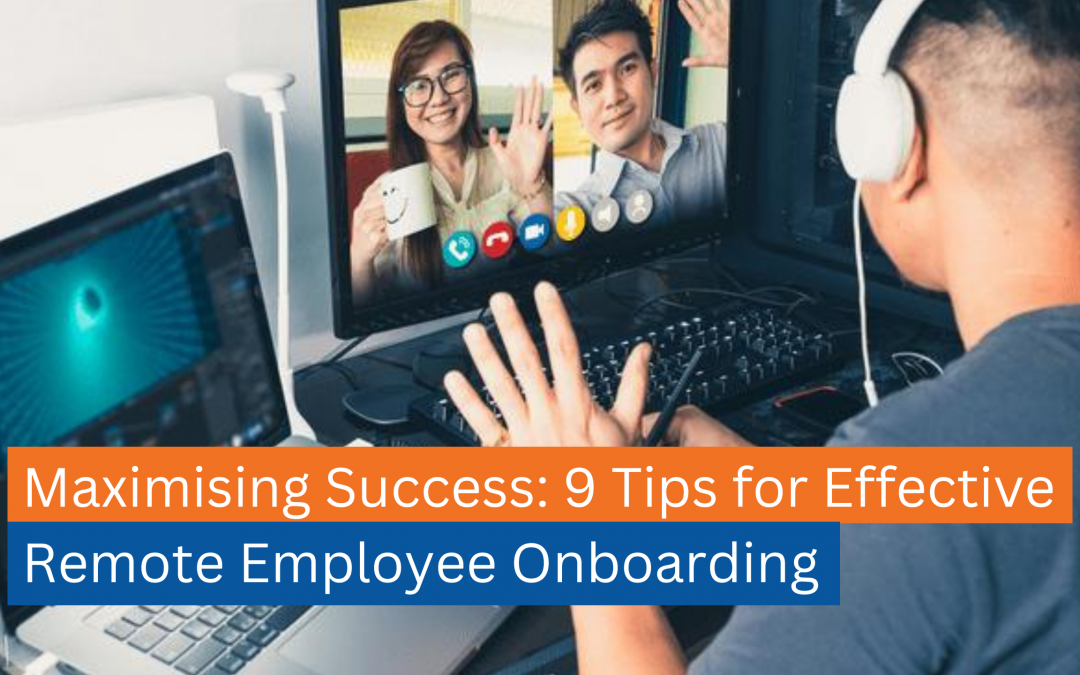A typical workplace of the 20th century used to be a cubicle, post 2020, we have all seen an acceleration in remote and hybrid work environments and cubicles have transformed to WFH set ups and Wifi enabled cafes. The technology revolution that followed in the early 2000s gave way to advanced ways of working. With Wi-Fi, Zoom calls, and improved communications and collaboration tools available to everyone. While it is good for the environment and the worker, remote work has created new challenges for companies. One such challenge is remote employee onboarding. In this article, we are going to look at what exactly is remote employee onboarding, the technical requirements to make remote onboarding awesome and provide you with nine tips to make your remote employee onboarding effective.
What is remote employee onboarding?

During the early 1980s, there were close to two thousand workers from IBM working from their homes. This was a strategy to test the effectiveness of telecommuting. Since then, the number of remote workers have been on the rise. According to a Gartner survey, 74% of the businesses are planning to offer remote positions as a part of their post COVID hiring plans. Onboarding remote employees will have to be entirely different from the onboarding process that we are accustomed to.
Remote employee onboarding is the process of welcoming and integrating a new employee into a company, while they work remotely from an independent location. This process includes training, orientation, and providing the necessary resources and support for the employee to successfully navigate and perform their duties. All these processes will be done through a digital medium.
One of the easiest ways for companies to attract and retain top talent is offering remote work.
What are the technical requirements for remote onboarding?
Most companies provide the system required for work. We have also seen companies giving a certain amount as WFH allowance while they accept their offer. Using this allowance, the new employee can buy anything that would facilitate ease of WFH and redeem it once they join the organisation. For companies that do not offer ‘WFH allowance’, we need to understand the requirements of the new joiner and ensure basic . Make sure your shipping and verification process are water right and well documented.
This hardware should reach the employee before the day of onboarding and all the basic softwares should be installed. Schedule a meeting with the tech team to make this process easy.
In order to make the remote employee onboarding process successful, you will require a reliable internet connection on both sides. Equipment like computers, web camera, and headsets along with softwares and tools are important during this process. Make sure that these requirements are met before you start the onboarding process.
Now that we have discussed the basics, let’s get into the 9 tips for effective remote employee onboarding.
9 Tips for Effective Remote Employee Onboarding

1. Send welcome kits and packages
One of the important things to make sure while onboarding remote employees is to provide a personal and human touch during the very first interaction. Sending a welcome kit or a package that contains branded goods the employee can use on a daily basis is one of the best ways to go. It will make them feel like they are part of the team right from the start. Another fun way to do it is by asking coworkers/teammates to record a welcome message or videos to send to a new employee’s inbox on the first day.
2. Conduct detailed orientation
In order to make remote onboarding successful, it is important to conduct a detailed orientation. Start by outlining expectations before the orientation. Give an overview of the expectations for their role, including their responsibilities, goals, and performance metrics. Maximise the use of video conferencing and phone calls during the initial orientation as it helps to build better connections. For documentation purposes, use email and other text messaging platforms. Include company overview, policies and procedures like attendance, vacations, and any other important information they will need to know to be successful in their roles. Share company documents, presentations, videos and other useful materials to the new joiner to go through at their own pace to avoid dumping of information.
3. Virtual company tour
Imagine an in person onboarding process and think about all the small touch points new employees would usually experience in the office. Your task will be to replicate as much as them virtually. Setup virtual tours of the office, if any, otherwise set up meet-and-greets with teams. In order to make this process more engaging, assign a buddy at work on day one.
4. Setup virtual coffee dates
Gift cards that allow remote employees to buy lunches or coffees are a great way to know them (and vice versa). Set up one-to-one meets or team meets to host virtual lunches to make a difference in remote employee onboarding.
5. Provide company materials for learning and reference
We already discussed that providing company materials can help improve the remote onboarding process. By providing new employees with the necessary materials to learn and understand their role, they will be able to become productive more quickly, benefiting both the company and the employee. They can refer to these materials at a later stage helping them retain the information they have learned, making them more effective in their roles. Overall, by providing materials and reference during onboarding can reduce the time and cost of training and onboarding process.
6. Create individualised remote onboarding plans with goals and check-ins
Each employee is different from each other based on their role, experience, capability to learn, and expectations. So it is important to personalise and tailor the onboarding process accordingly. This will help you create a system for powerful and effective tracking and evaluation of the onboarding process. Personalised onboarding can also help in other ways like fostering accountability, creating a sense of value and support in employees mind and establish a clear path to success for the new joiner.
7. Team bonding session
We often look over the importance of team bonding sessions while onboarding new employees. When it is remote onboarding, team bonding becomes challenging. There are various ways to help new joiners become a part of the team easily and quickly and they are:
- Play two truths and a lie
- Online games over video conferencing
- Problem solving puzzles or trust exercises
There are numerous platforms you can use to do this. Make sure you check out Kahoot, Quizlet, and other games that can be used to build team spirit and camaraderie remotely.
8. Communicate available timings
This is applicable if team members in your company work at various time zones or timing. A new employee might not know when the available times are of his peers. It is crucial to provide clear information on the available times of his peers and reporting managers so that they can schedule their work and ensure they are available for any important meetings or calls during mutually convenient times. Other benefits include:
- Build relationships by scheduling on-on-one’s
- Improve productivity
- Facilitate easy collaboration
9. Follow up and provide continuous support
Providing continuous support and following up on goals and outlined touchpoints are crucial for ensuring a smooth transition and successful integration into the company. To avoid remote employees from being isolated or disconnected from their colleagues, regular follow ups can alleviate these feelings and make them feel valued and included. Use automated reminders and chatbots to make this process easier for you.
Also read: Tips for Efficient Onboarding Process
Remote onboarding checklist
One of the benefits of remote employee onboarding is that you dont have to wait for them to be at the office to start some of the process early on. Below are the checklists to refer to while onboarding a new employee remotely. Note that it may include points that are not applicable to your business, which you can avoid.
- Get essential paperwork done:
Example:
- Tax forms
- Job contracts
- Offer letter
- Employee handbook
- Banking form for payroll
- Retirement plan
- Health forms
- Add them to common channels of communication
- Provide business email
- Add them to WhatsApp/Slack/Teams channels
- Give access to required platforms
Based on the job role, different employees require access to various software platforms to get their job done quickly. Compile a list of credentials and share with the new joiner on their first day.
Examples:
- Adobe Suite for designers
- WordPress/Website backend access for developers
- Microsoft account to use office tools
- Help set up their workspace
Coordinate with the new joiner in setting up their workstation. Be it buying a new system or installing the required apps.
- Encourage them to speak and collaborate
While all the above steps are mandatory, it is important to encourage employees to join conversations and contribute to the company early on. Create opportunities in the initial days which gives the employees a platform to interact with the team and build rapport at the initial stage.
Conclusion
Onboarding remote employees can present its own set of unique challenges, but by following the tips outlined in this article you can set yourself up for success. Send welcome kits, conduct detailed orientation and give virtual office tours, setup virtual coffee dates and provide company materials for references, create individualised onboarding plans and check ins, conduct team bonding sessions, communicating available time and by providing continuous support and following up regularly your remote team can be as successful as a traditional in-office team.
Are you interested in learning more about how to tackle onboarding challenges at your organisation? Our team at BluElement is here to help. We offer a range of services and solutions designed to support businesses in saving time and cost on the onboarding processes.
If you would like to see how our solutions can help your business, we invite you to book a demo with us. During this demo, one of our experts will walk you through our offerings and answer any questions you may have. Simply click the button below to get started.
Comment below your thoughts and feedback. Follow us on our Facebook, Instagram, and LinkedIn pages to stay updated with the latest articles, videos, announcements, and more.



